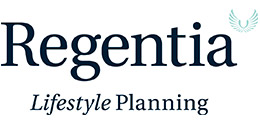09 Jan Tight turnaround for year end tax planning before Spring Budget
The Treasury has announced the date of the next Budget.
On 15 December, the US Federal Reserve (Fed) raised its key short term interest rate by 0.25%, to a range between 0.5% and 0.75%. It had made the same increase 12 months previously. When the Christmas 2015 rate rise occurred, the central bank was implicitly expecting to raise rates four times during 2016. However, a collection of events from wobbles in China to the uncertainties caused by the Brexit vote put paid the rate rise every quarter that had been pencilled in.
Last month when the Fed repeated its end-of-year increase, it suggested that there would be three further increases in 2017, taking the target rate to 1.25%-1.50% by the end of the year – the same range it had originally struck for the end of 2016. A trio of rate rises would represent a dramatic acceleration in activity by the Fed – December’s rate rise was only the second in the last ten years, as the graph shows.
Whether the Fed’s predictions prove any more accurate this year is a matter of some debate. One problem the bank faces in looking at 2017 is the economic impact of President Trump’s actions, as opposed to candidate Trump’s campaign rhetoric. If he succeeds in giving the US economy a boost through tax-cutting measures, the Fed is likely to raise rates steadily, as unemployment is already at low levels.
On this side of the Atlantic the Bank of England will probably not raise rates in 2017. The uncertainties surrounding Brexit will stay the Bank’s hands, even though inflation is on the rise – the November 2016 the CPI annual rate of 1.2% was 1.1% higher than 12 months’ previous.
As the year turns, the US interest rate outlook means that a review of your investments could be a wise move.
The value of your investment can go down as well as up and you may not get back the full amount you invested.

No Comments